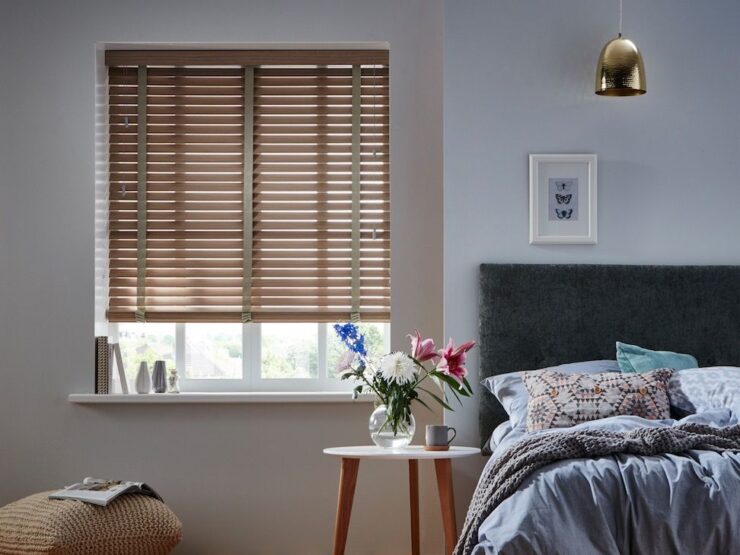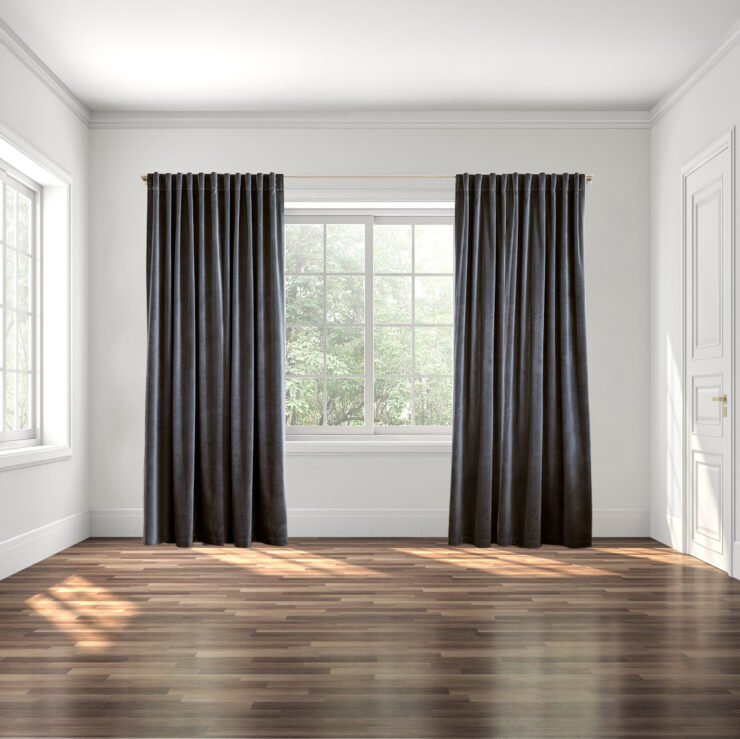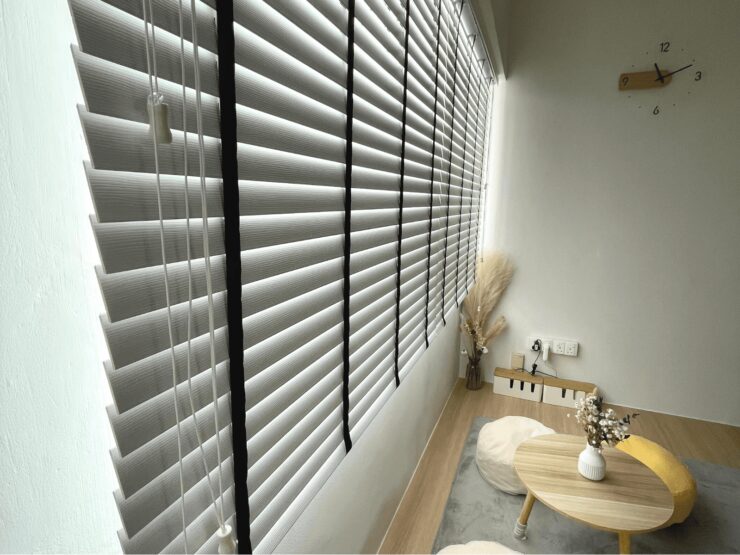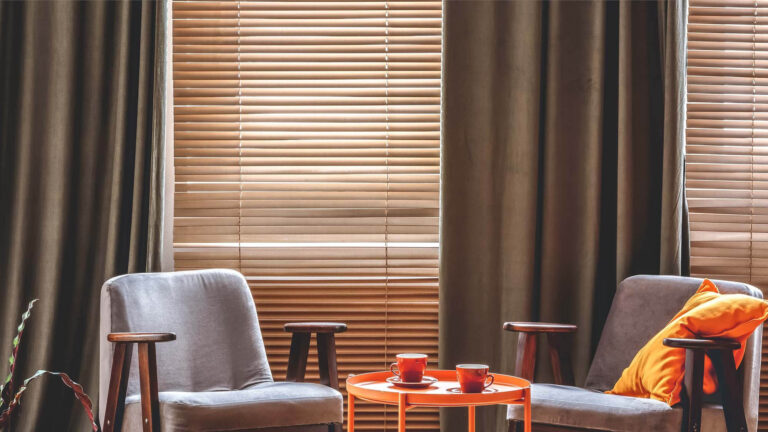Table of Contents
When it comes to decorating windows, homeowners are often faced with the decision between blinds and curtains. Both options have their own set of pros and cons, which can make the decision a bit overwhelming.
In this article, we will explore the advantages and disadvantages of both blinds and curtains, to help you make an informed decision for your home.
Blinds
Blinds are a popular choice for many homeowners, as they offer several benefits.
Pros:
Light Control
Blinds offer excellent control over the amount of light that enters your home. You can adjust the angle of the slats to let in more or less light, or you can fully close them to block out the light completely.
Privacy
They also offer greater privacy than curtains. When the slats are fully closed, it is difficult for anyone to see inside your home, providing you with greater peace of mind.
Easy Maintenance
According to blinds specialist Yewdale, blinds are relatively easy to maintain, as they can be wiped down with a damp cloth or dusted with a soft brush. This makes them a great option for busy homeowners who don’t have a lot of time for upkeep.
Cons:

Limited Style Options
While blinds are available in a variety of materials, such as wood, aluminium, and vinyl, they offer limited style options. They are typically seen as a more modern or contemporary option, which may not fit with the overall aesthetic of some homes.
Noise
Blinds can be noisy when they are opened or closed, which can be disruptive if you have young children or if you work from home.
Price
Blinds can be more expensive than curtains, especially if you opt for higher-end materials or custom sizing.
Types of Blinds
There are several types of blinds available, each with its own unique features and advantages. Here are some common types of blinds:
Venetian: They feature horizontal slats that are connected with strings or cords. These blinds can be adjusted to control the amount of light entering a room by tilting the slats up or down.
Venetians are available in different materials such as wood, faux wood, aluminum, or vinyl, offering a wide range of style options to suit various decors.
Vertical: Vertical blinds consist of vertical slats that hang down from a track. These are commonly used for large windows or sliding glass doors.
They can be tilted to control light and privacy, and they can also be fully drawn to one side to allow for unobstructed views. Vertical blinds are available in various materials, including fabric, vinyl, and aluminum.
Roller: Roller blinds are made of a single piece of fabric that rolls up or down using a mechanism operated by a chain or spring. They provide a sleek and minimalistic look to windows.
Rollers come in a wide range of colors, patterns, and opacities, allowing you to control the amount of light entering the room. Some rollers also offer additional features like thermal insulation or blackout properties.
Roman: These are soft fabric blinds that fold up in horizontal pleats when raised. When fully lowered, they create a flat, elegant appearance.
These are available in various fabrics, colors, and patterns, allowing you to add a touch of sophistication to your windows. They provide good light control and can be paired with curtains for a layered look.
These are just a few examples of the different types of blinds available in the market. When choosing blinds for your windows, consider factors such as light control, privacy, style, and maintenance requirements to find the best option that suits your needs and preferences.
Curtains

Curtains are another popular window treatment option, offering a different set of pros and cons.
Pros:
Style Options
Curtains offer a wide range of style options, from casual to formal, and can be made from a variety of materials, including cotton, linen, and silk. This makes them a great option for homeowners who want to add a touch of personality and style to their homes.
Insulation
Curtains offer better insulation than blinds, which can help to reduce energy costs by keeping your home cooler in the summer and warmer in the winter.
Soundproofing
Thicker curtains can also help to absorb sound, which can be beneficial for homeowners who live on a busy street or near a noisy neighbour.
Cons:
Maintenance
Curtains can be more difficult to maintain than blinds, as they may need to be washed or dry cleaned, depending on the material. This can be time-consuming and costly.
Light Control
Curtains do not offer the same level of light control as blinds. While you can choose to close them completely to block out the light, you cannot adjust the amount of light that enters your home throughout the day.
Privacy
Curtains also offer less privacy than blinds, as they are typically more sheer and allow more light to filter through.
Which Option Is Right for You?

In the end, determining whether to choose blinds or curtains depends on your personal preferences and the particular requirements of your home. If you prioritise light control and privacy, blinds may be the better option.
However, curtains may be the better choice if you value style and insulation. It’s also worth considering the maintenance requirements and cost of each option before making your decision.
In conclusion, both blinds and curtains have their own set of pros and cons. By weighing these factors against your own needs and preferences, you can make an informed decision that will enhance the overall look and feel of your home.

